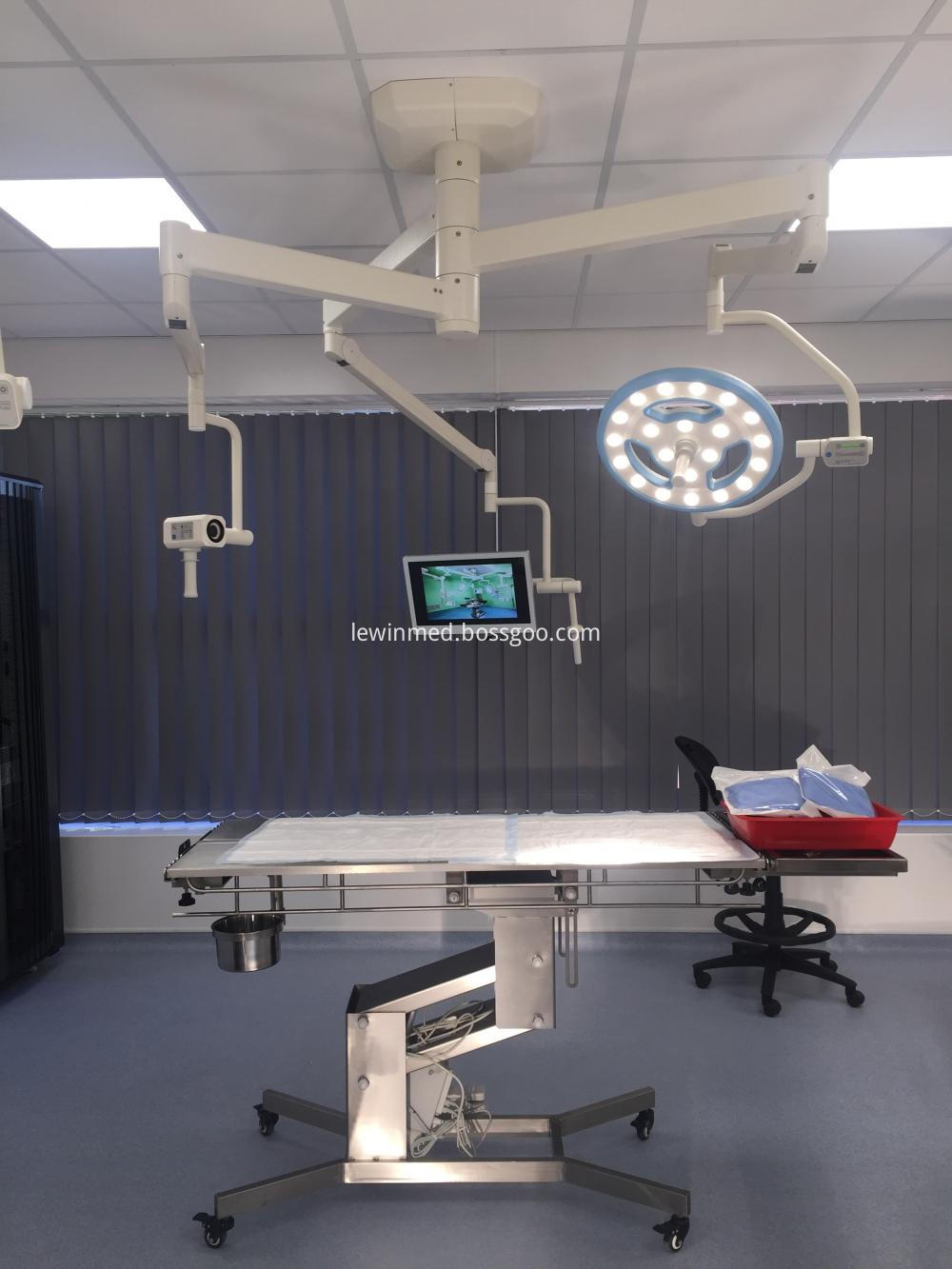In the production of sows is very burdensome tasks, especially lactating sows, not only to provide their own needs of nutrition, but also to provide the survival of newborn piglets, growth and development of breast milk. However, the living environment for suckling sows in the hot season is more unfavorable, and high heat stress is a severe challenge for the sow to sow. Therefore, how to properly allocate nursing sows for summer diets and strengthen feed management should be issues that pig producers must actively consider and focus on.
1, diet preparation
1.1 Increasing energy levels should ensure that dietary digestibility is above 14 MJ/kg and metabolic energy is above 13 MJ/kg. The main choice is high-quality corn, water must be controlled within 14%, and other indicators must meet national standards. The choice of raw materials with high crude fiber content should be avoided, and appropriate amounts of fat (3%-5%) or high-quality soybean phospholipids (4%-6%) can be added to increase energy levels.
1.2 Increase in Crude Protein Content The crude protein content of the lactating sow diet in summer can be allocated to 18%, and high quality protein material must be selected. It is recommended not to use chowder, but use high-quality soybean meal (crude protein content ≥ 44%), extruded soybeans, imported fish meal and other protein raw materials.
1.3 The balanced amino acid lysine content should be 1%, the methionine content is 0.23%, the cysteine ​​content is 0.46%, and the threonine content is 0.5%. Higher levels of lysine and ideal protein content are beneficial for the normal production of lactating sows.
1.4 Calcium, phosphorus ratio The appropriate calcium content should be 0.8%-1.0%, phosphorus is 0.7%-0.8%, and effective phosphorus is 0.45%. Phytase can be added to the diet to increase the absorption and utilization of phytate phosphorus. Poor or imbalanced calcium and phosphorus levels can cause rear leg paralysis in nursing sows. In the choice of raw materials should pay attention to the choice of high-quality calcium and phosphorus additives.
1.5 Add the necessary vitamins. Addition of a certain amount of vitamin C (150-200 mg/kg) in the summer sow diet can reduce hyperthermia stress. Beta-carotene increases lactation and shortens the distance from weaning to first oestrus. Vitamin E can enhance the body's immunity and anti-oxidation function, reduce the incidence of sow mastitis and metritis. In the absence of piglets, weaning weight of piglets and piglets can be reduced. Biotin is widely involved in the metabolism of carbohydrates, fats, and proteins. In the absence of biotin, it can cause dermatitis or hoof cracking in animals. The high temperature environment can reduce the synthesis of biotin in the intestinal bacteria of animals, so more biotin should be added to the feed. Vitamin D regulates calcium and phosphorus metabolism in the body. Other essential vitamins, such as folic acid, pantothenic acid, choline, etc., should also be added in appropriate amounts and should not be ignored.
1.6 Diet The formula recommended formula is: corn 58%, bran 6%, soybean meal 15%, fish meal 5%, soybean phospholipid 6%, corn germ 6%, premix 4%.
2. Feeding methods Feeding sows is aimed at increasing the number of weaned piglets and weaning litter weights, and maintaining normal body conditions during lactation, ie the 28-day weaning weight loss does not exceed 12 kg. Excessive weightlessness can prolong the estrus after weaning, and can also result in a decrease in the number of litters in the next birth. The consequences are serious. Therefore, feeding methods must be adopted around these goals.
2.1 Reasonable increase in feed intake In order to maximize the sow's feed intake, the following measures can be taken. Free-feeding was conducted, and feeding was not limited, ie, the method of gradually increasing the feed intake after 3 days of delivery and achieving free access after 7 days. Doing less feeding Tim, implement a multi-course system, feed 4-8 times a day. Time-feeding is used to feed the animals in the early and late cool periods to stimulate the appetite of the sows and increase their feed intake.
No matter what kind of feeding method should pay attention to ensure that the feed is fresh, hygienic, should not feed mold, deterioration (rancidity). In addition, in order to increase the palatability, we can take the method of feeding wet spices.
2.2 Sufficient clean water supply In summer, the sow's drinking water needs a lot. Therefore, the sow's drinking water should be kept open. If it is a sink-type drinking water, it should always be filled with fresh water. If it is an automatic drinker, it must be observed and inspected to ensure unimpeded flow, and the water flow rate and flow rate must reach a certain level. Drinking water should be clean and meet hygienic standards. Insufficient or unclean drinking water can affect sow feed intake and digestive lactation.
2.3 to strengthen the temperature control can be installed through the rain curtain, ventilation fan, shade cloth, feed watermelon rind, heat Chinese medicine and other ways to prevent heatstroke.
Hollow type LED surgical lamp has perfect green light source new LED green light source, bulb service life-span over 50000 hours;the ot lamp can do Color rendering index of LED operating light exceeds 96, restore the true Object character; LED operating light 4300K color temperature produces Daylight-like white light, which is best suitable light for the naked eye.Proper color tempearture and High color rendering index.

Hollow OT Lamp With Camera,Camera Operating Theatre Light,Camera Operating Room Light,Camera Surgery Room Light
Shandong Lewin Medical Equipment Co., Ltd. , https://www.operatinglight.nl